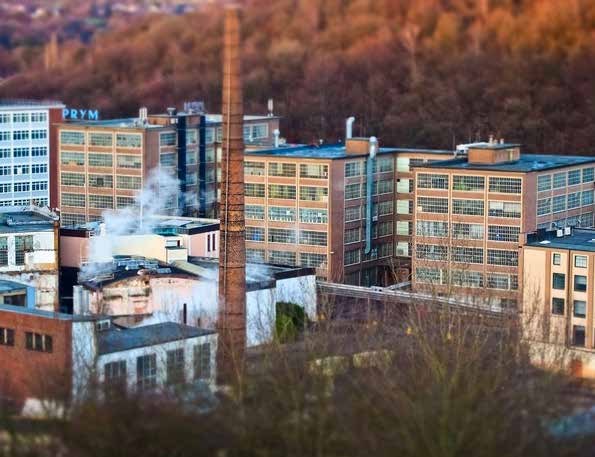Posted: October 4, 2019
A series of new reports suggest a widening prosperity gap is dividing southeastern Pennsylvania and the rest of state.

Pennsylvania's population and jobs increasingly are concentrated in the southeastern quadrant of the state, while the western, central, and northern regions largely struggle with persistent decline, according to a series of reports published by economists in the college's Center for Economic and Community Development.
The researchers used data from state and federal agencies to show a significant contrast between southeastern Pennsylvania, which enjoyed mainly job and population growth from 2000 to 2017, and the rest of the state, with primarily declines. The trends woven through these reports suggest the existence of "two Pennsylvanias," the researchers noted.
Employment in Pennsylvania overall is strong, but the rosy statewide job numbers can mask persistent decline in various industries and regions across the state, said Theodore Alter, professor of agricultural, environmental, and regional economics and the center's co-director.
"While the Pennsylvania economy as a whole shows strength, it's important to look at the distribution across the state," Alter said. "Looking at the aggregate doesn't give the correct picture."
And although employment and population growth are almost certainly correlated, determining the reasons for these shifts is complex.
"People follow jobs, and jobs follow people," said Theodore Fuller, development economist in the Department of Agricultural Economics, Sociology, and Education. "But it's hard to establish cause and effect when you also consider migration in and out of the state and other economic and demographic factors."
The data showed a wide disparity in population measures between the 15 counties designated as southeastern Pennsylvania and the 52 counties in the western, central, northern, and northeastern regions of the state.
For instance, southeastern Pennsylvania gained almost 450,000 residents from 2000 to 2010 and gained nearly 200,000 more between 2010 and 2017. The only other region to show increases in population during both time periods was central Pennsylvania, with gains of 26,631 and 657, respectively.
By comparison, western Pennsylvania lost more than 100,000 residents in the first decade of the century and another 68,000 from 2010 to 2017.
The economists' most recent report, which analyzed employment gains and losses among regions and 20 major industries, revealed that the 15 counties designated as southeastern Pennsylvania gained 133,000 jobs from 2015 to 2018, with 80,000 of that increase coming in the five-county Philadelphia metropolitan statistical area. In contrast, the 19-county western region gained only 3,000 jobs. While employment increased by 16,000 in the seven-county Pittsburgh MSA during this period, the other western counties combined lost a net of 13,000 jobs.
In addition to regional changes in employment, there were winners and losers among industries, the report showed. Manufacturing and retail trade were in the top three industries in total employment in 2018, but they lost, by far, the most jobs among the 20 major sectors between 2008 and 2018. Manufacturing employment fell by nearly 80,000 and retail trade jobs declined by more than 28,000 over the 10-year period.
On the other hand, the state's largest employment sector, health care and social services, gained more than 165,000 jobs during 2008-2018. In 2018, almost one in five Pennsylvanians was employed in this sector. Other growth industries included accommodation and food services, transportation and warehousing, and professional and technical services.
Across all the sectors analyzed, the greatest growth was in low-wage jobs, and the greatest losses came in middle-wage jobs, fueled by the decline in manufacturing employment.
"Since 2008, we've seen a hollowing out of that middle-wage area," Alter said. "And that suggests widening inequality, which could have profound implications for Pennsylvania's economy going forward."
--Chuck Gill
Features
Breaking the Silence on Farm Stress
Farming has always been a demanding profession, but today's farmers face unprecedented pressures that can severely impact their mental health.
Biting Back
Research Targets Vector-Borne Diseases to Save Lives
Leading Forward
Ott brings deep connection to role of dean.


